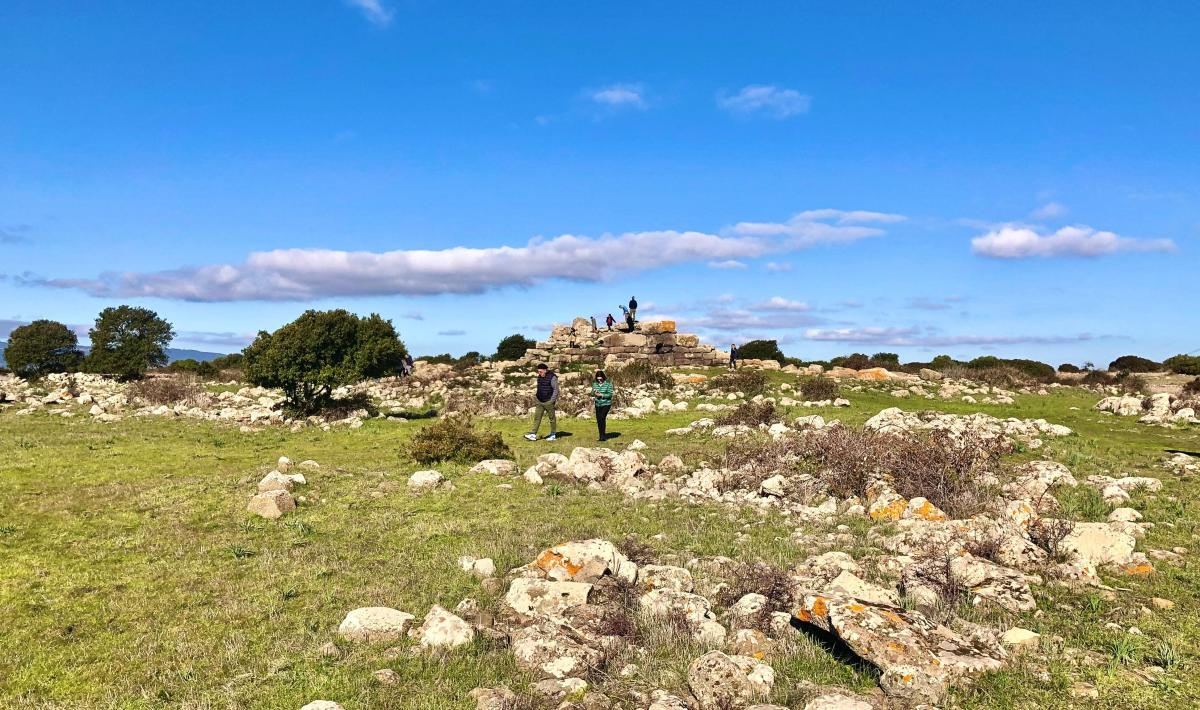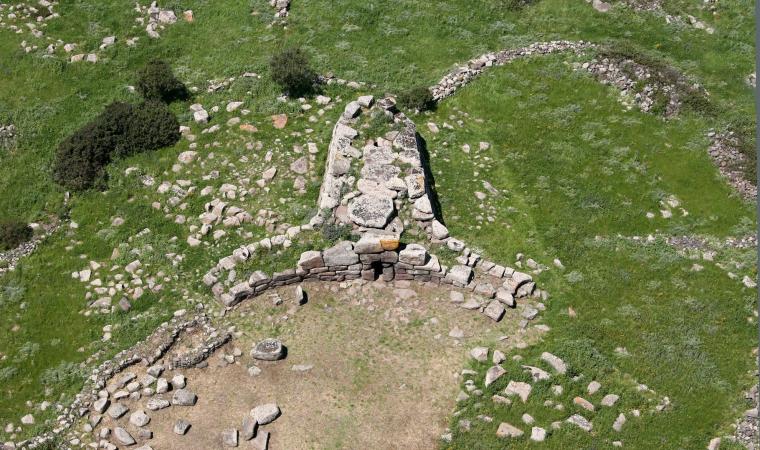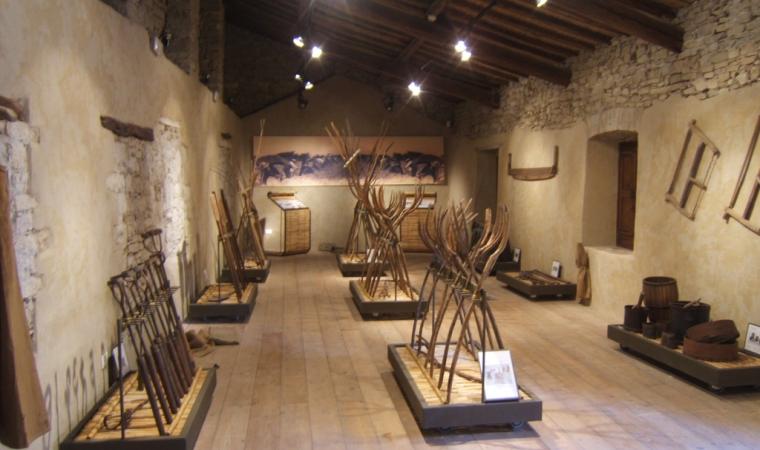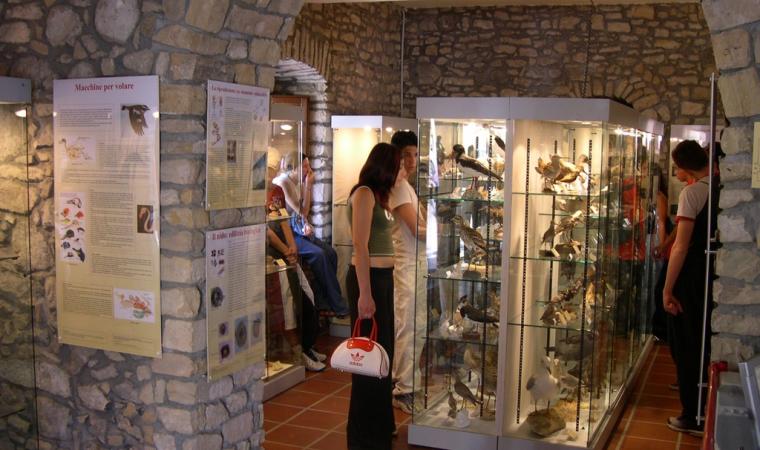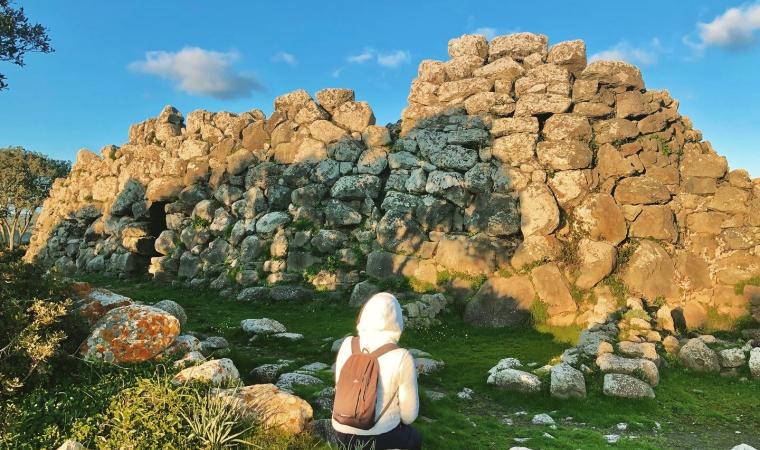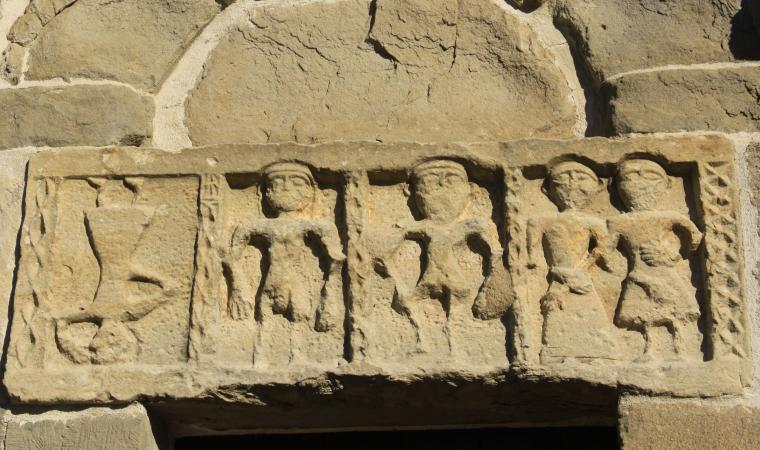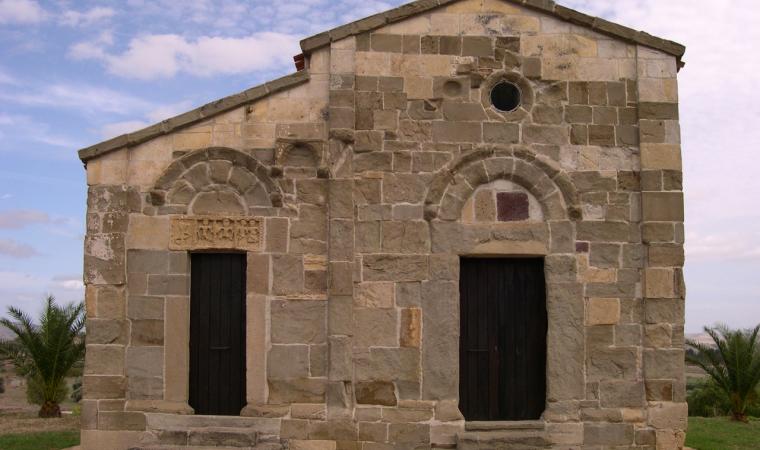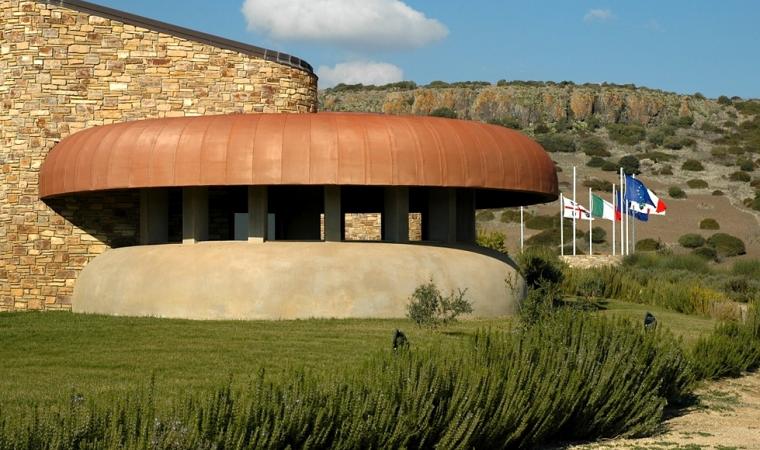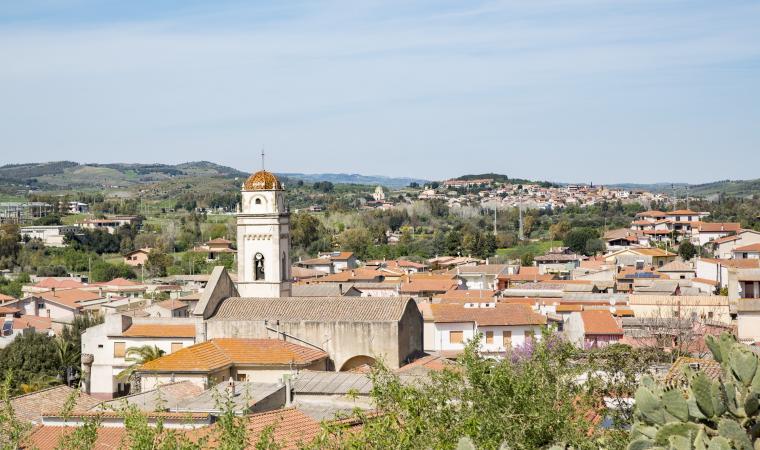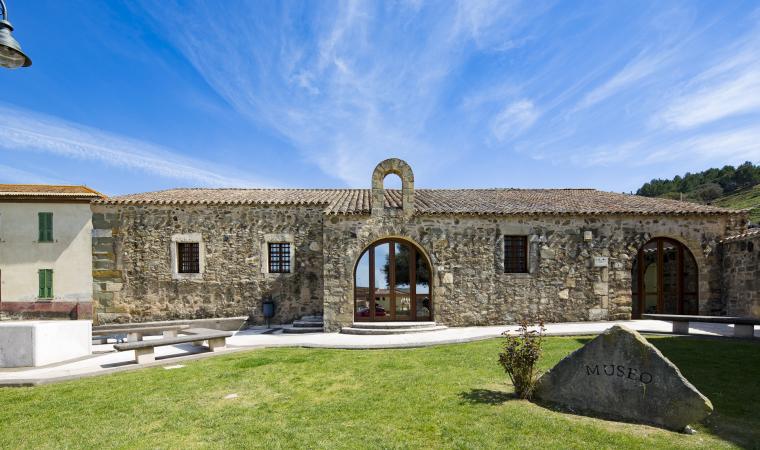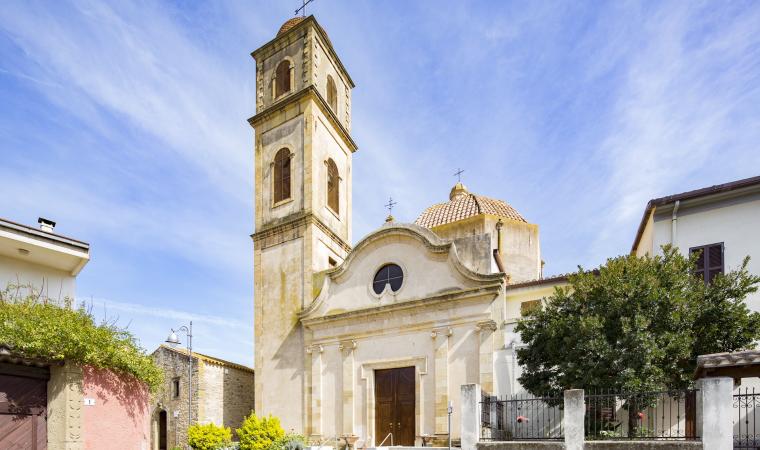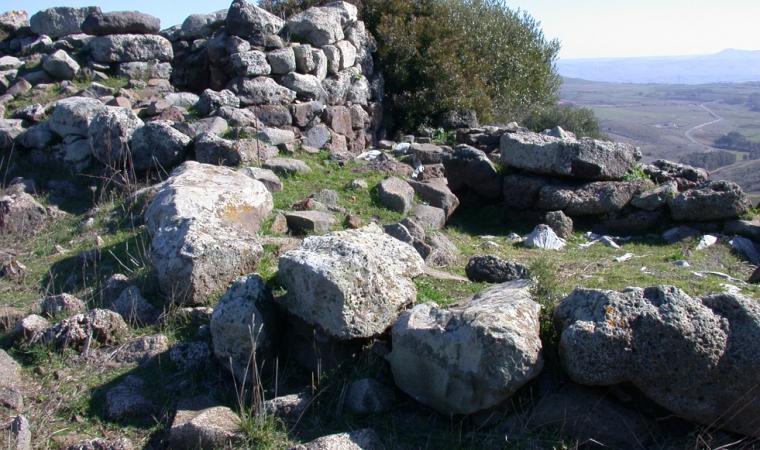Seen from above it looks like an oddly inverted ‘T’ with steep high walls. But that alone is not what makes it so special: the southern end has a reddish hue and the interior is home to Nuragic and pre-Nuragic remains, including a Giants’ tomb considered the best preserved in Sardinia. The Giara di Siddi, also known as su Pranu, is one of three basalt tables of the Marmilla created between 2 to 5 million years ago by flowing lava. Over time, the weather eroded the sandstone rock while solidified layers of lava remained at a higher level to give origin to, aside from the Giara di Siddi, also those known as Serri and as sa Jara Manna (or Giara di Gesturi), the largest of the three and the habitat of the famous horses.
Su Pranu is 2½ km long and 1¼ wide with an altitude of 360 metres at its highest point. The plateau is covered in verdant Mediterranean vegetation, including several aromatic species. You will also see some cork-oak trees here. At the southern edge the wall features fissured columns, which over time have been covered by a reddish lichen. This colouration gave sa Corona Arrubia its name, located between Collinas and Lunamatrona, home of the Giovanni Pusceddu Territorial Naturalistic Museum. The views from the plateau are stunning and span from the Campidano plains to the undulating hills of Marmilla, all the way to the Gennargentu massif and, on a clear day, to the sea.
Its steep cliffs and elevation served as a natural refuge for pre-Nuragic and Nuragic populations. It thus stands to reason that the Giara di Siddi is home to some twenty nuraghes - some of which are right at the edge of the cliff - and various other archaic structures. The main landmark is sa Dom'e s'Orku, the Majestic Giants’ tomb located on the north-eastern side of the plateau. This megalithic monument, still in optimal condition, was made using row technology, laying huge blocks of dark basalt. The exedra has a diameter of 18 metres, while the body of the tomb measures 15. Not far away you will see the nuraghe and the sacred Conca ‘e sa Cresia spring. Originally built with a corridor layout, this nuraghe was then rebuilt as a complex tholos nuraghe. Inside it a crucible for melting sand into glass was found, possibly the oldest glass production site in Europe, perhaps even pre-dating ancient Egypt. On the eastern slope of the Giara is the Sa Fogaia archaeological-naturalistic park, well worth a visit. The upper part is home to the archaeological area, with a corridor nuraghe and a village where obsidian was worked, while a 'garden' extends downstream, with holm oaks, Mediterranean brush and hundreds of plant species, including aromatic and medicinal plants.

